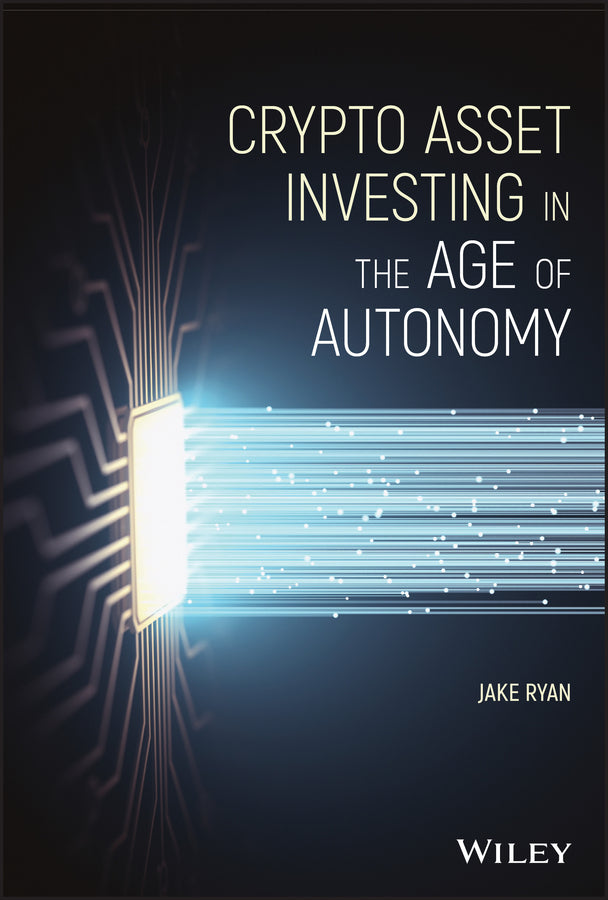Description
Condition: BRAND NEW
ISBN: 9781119705369
Year: 2020
Publisher: John Wiley & Sons Inc (US)
Pages: 304
Description:
Competition, the drive for efficiency, and continuous improvement ultimately push businesses toward automation and later towards autonomy. If a business can operate without human intervention, it will minimize its operational cost. If Uber can remove the expense of a driver with an autonomous vehicle, it will provide its service cheaper than a competitor who can’t. If an artificially intelligent trading company can search, find, and take advantage of some arbitrage opportunity, then it can profit where its competitors cannot. A business that can analyze and execute in real-time without needing to wait for a human to act, is a business that will be able to take advantage of brief inefficiencies from other markets or businesses.
This trend following a thesis that is based on 100 years of proven economic theory. Short-wave economic cycles, those 5- to 10-year cycles, are driven by credit but the long-wave economic cycles, those 50- to 60-year cycles, are driven by technological revolution. We’ve had 5 cycles over the past 200 years with the last wave, the Age of Information & Telecommunications.
We've seen evidence that a new cycle has begun. Technological revolutions come by way of a cluster of new innovations. About a decade ago, you started to see AI, robotics and IoT (sensors) delivering on automation. That’s been powerful, but not transformational. It does not force businesses to fundamentally change how they do business. The last piece of the puzzle was cryptocurrency because it allows us to process and transfer economic value without human intervention. Soon, there will be a global race to build au
ISBN: 9781119705369
Year: 2020
Publisher: John Wiley & Sons Inc (US)
Pages: 304
Description:
Competition, the drive for efficiency, and continuous improvement ultimately push businesses toward automation and later towards autonomy. If a business can operate without human intervention, it will minimize its operational cost. If Uber can remove the expense of a driver with an autonomous vehicle, it will provide its service cheaper than a competitor who can’t. If an artificially intelligent trading company can search, find, and take advantage of some arbitrage opportunity, then it can profit where its competitors cannot. A business that can analyze and execute in real-time without needing to wait for a human to act, is a business that will be able to take advantage of brief inefficiencies from other markets or businesses.
This trend following a thesis that is based on 100 years of proven economic theory. Short-wave economic cycles, those 5- to 10-year cycles, are driven by credit but the long-wave economic cycles, those 50- to 60-year cycles, are driven by technological revolution. We’ve had 5 cycles over the past 200 years with the last wave, the Age of Information & Telecommunications.
We've seen evidence that a new cycle has begun. Technological revolutions come by way of a cluster of new innovations. About a decade ago, you started to see AI, robotics and IoT (sensors) delivering on automation. That’s been powerful, but not transformational. It does not force businesses to fundamentally change how they do business. The last piece of the puzzle was cryptocurrency because it allows us to process and transfer economic value without human intervention. Soon, there will be a global race to build au

